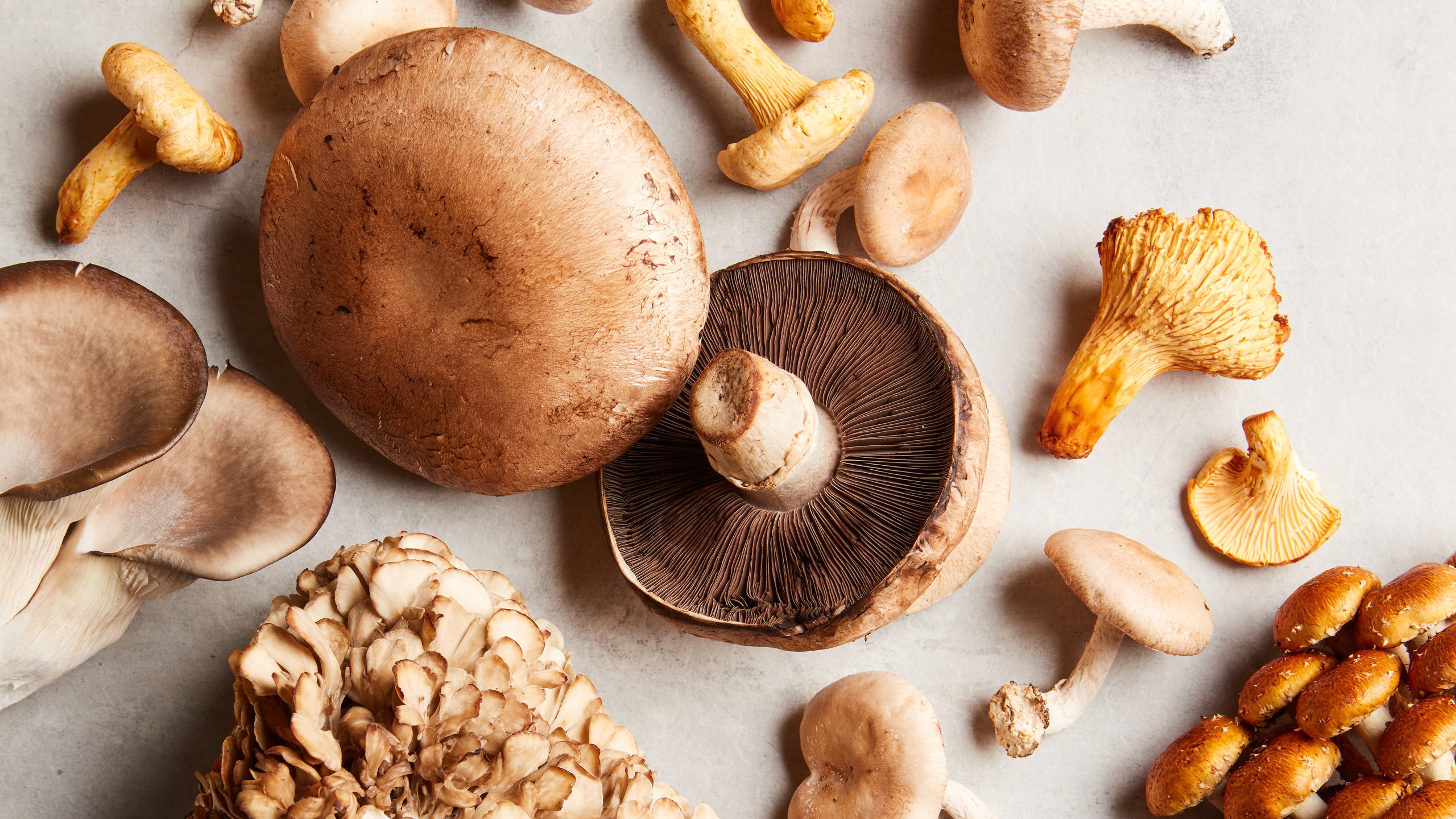Wild mushrooms are a delicious and nutritious addition to any meal. Whether you’ve foraged for them yourself or picked them up at a farmers’ market, proper storage is essential to maintain their flavor and texture. In this guide, we’ll explore the best methods for storing wild mushrooms to keep them fresh and safe for consumption.

Credit: www.amazon.co.jp
1. Cleaning the Mushrooms
Before storing wild mushrooms, it’s crucial to clean them properly to remove any dirt, debris, or insects. Gently brush off any visible dirt using a soft brush or cloth. Avoid washing them with water, as this can cause them to become slimy and degrade more quickly.
2. Types of Wild Mushrooms
There are various types of wild mushrooms, and each may require different storage methods. Here are a few common types along with their ideal storage conditions:
| Mushroom Type | Ideal Storage Method |
|---|---|
| Chanterelles | Refrigerator, paper bag |
| Morels | Refrigerator, loosely wrapped in a damp cloth |
| Porcini | Refrigerator, paper bag or wax paper |
3. Refrigeration
For most wild mushrooms, refrigeration is the best method for short-term storage. Place the cleaned mushrooms in a paper bag or wrap them in a paper towel to absorb excess moisture. Avoid using plastic bags, as they can cause moisture buildup and accelerate spoilage.

Credit: naturenurture.shop
4. Freezing Wild Mushrooms
If you have an abundance of wild mushrooms, freezing can be an effective long-term storage solution. However, it’s essential to blanch the mushrooms before freezing to preserve their quality. Here’s how to do it:
- Bring a pot of water to a boil
- Blanch the mushrooms for 2-3 minutes
- Transfer them to an ice water bath to stop the cooking process
- Drain and pat dry with a paper towel
- Place in airtight containers or freezer bags, removing as much air as possible
5. Drying Mushrooms
Drying wild mushrooms is a traditional method of preservation that intensifies their flavor. You can air dry them by hanging them in a well-ventilated area, or use a food dehydrator for more consistent results. Once fully dry, store them in an airtight container away from light and moisture.
6. Storing Tips
Regardless of the storage method you choose, here are some additional tips to extend the shelf life of wild mushrooms:
- Avoid washing mushrooms until you’re ready to use them to prevent moisture retention
- Store them away from strong-smelling foods, as mushrooms can easily absorb odors
- Check for any signs of spoilage such as sliminess, odor, or discoloration before use
- Consume within a few days for refrigerated mushrooms, and within 6-12 months for frozen or dried mushrooms
Frequently Asked Questions Of How To Properly Store Wild Mushrooms: Expert Tips And Tricks
How Should I Store Wild Mushrooms?
To store wild mushrooms, follow these steps: Clean, dry, and refrigerate them in a paper bag to maintain freshness.
Can I Freeze Wild Mushrooms?
Yes, you can freeze wild mushrooms. Clean and slice them before spreading them on a baking sheet to freeze. Once frozen, transfer them to a freezer-safe container.
How Long Do Wild Mushrooms Last In The Fridge?
Wild mushrooms can last up to 5 days when stored properly in the refrigerator. Make sure to store them in a paper bag or a perforated plastic bag to allow for airflow.
Are All Wild Mushrooms Safe To Eat?
No, not all wild mushrooms are safe to eat. Some mushrooms can be highly toxic or even deadly, so it’s crucial to have proper knowledge or consult an expert when foraging wild mushrooms.
Conclusion
Properly storing wild mushrooms is essential to maintain their flavor and quality. By following the appropriate techniques for cleaning, refrigeration, freezing, and drying, you can enjoy the delicious taste of wild mushrooms throughout the year. Remember to always properly identify any wild mushrooms before consumption to ensure they are safe to eat.
